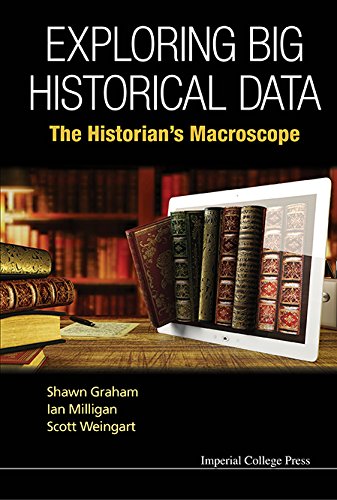The Art Historian's Macroscope
By Matthew Lincoln
The Art Historian's Macroscope
Talk given at the Cultural Programs of the National Academy of Sciences, May 21st, 2015. Art historians pride ourselves on close engagement with individual artists and artworks. But we must also grapple with the sheer magnitude of existing museum collections. I will explore how computational methods can offer a "macroscope" through which we can comprehend large-scale trends in museum data, and suggest how this approach may fundamentally reshape the relationship of academic researchers to the museum world.

















